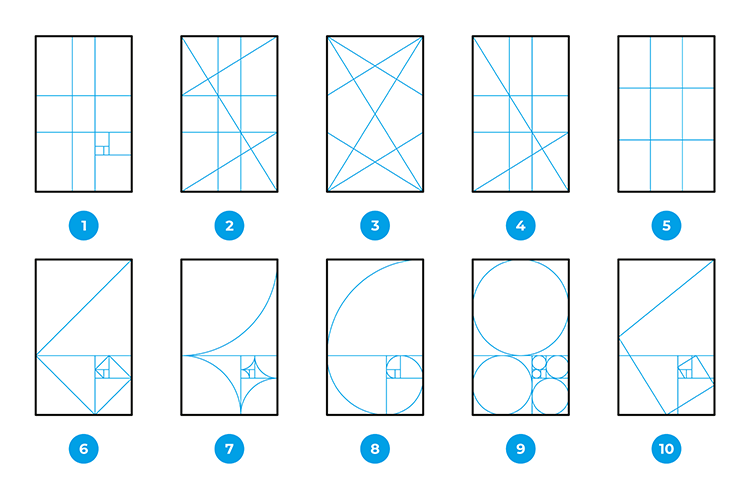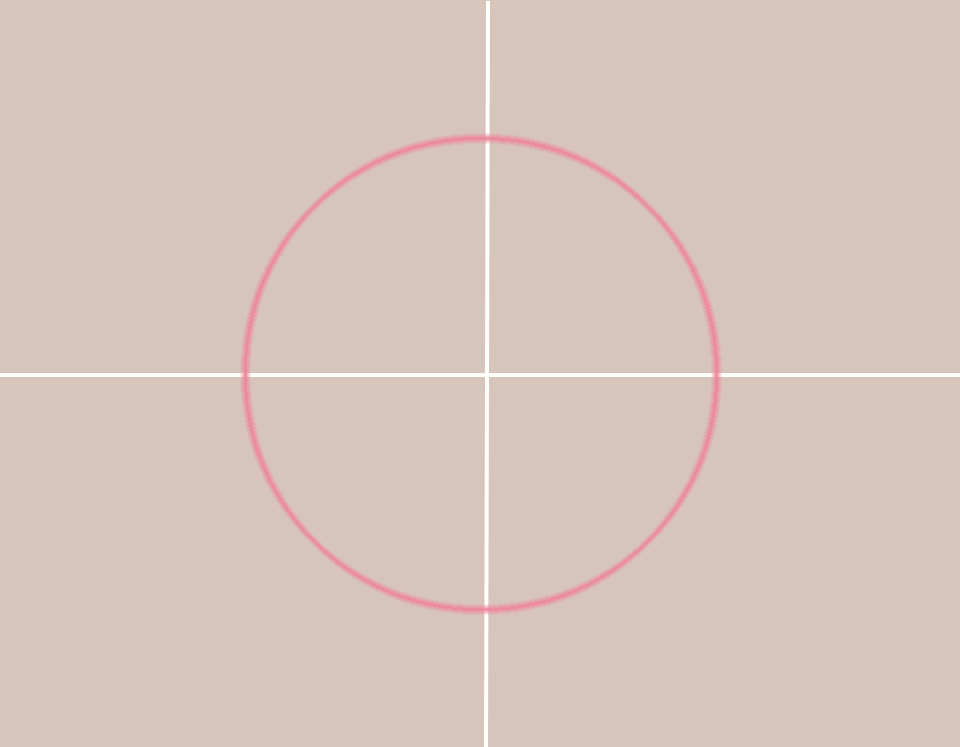In photography, “Framing” and “Composition” are both techniques often confused with each other, aimed at enhancing the structure and aesthetic quality of a photograph. However, framing primarily focuses on how to set the “frame” of the photograph, while composition focuses on how the overall elements in the photograph harmonize and function together. Both are techniques to enhance visual appeal and narrative quality.
| It relates to how you select and adjust the range visible through the camera's viewfinder or screen. The goal is to emphasize the main subjects or elements within the frame and eliminate unnecessary elements. | |
| It pertains to how various elements within the photo (such as the subject, background, and foreground) are arranged and interrelate. This includes the harmony of visual elements such as color, shape, lines, and texture. |
Types of Composition
There are many types of compositions, including the Circle, Bisection, Trisection, Quadrisection, Framing, Sandwich, Triangle, Diagonal, Tunnel, Radiation, Leading Lines, Low Angle, and High Angle.
Advanced and well-known ones include the “Fibonacci Spiral Composition” which is based on the golden ratio, and the “Rule of Thirds Composition” and “Phi Grid Composition” which are based on the golden section.
In this manner, understanding composition involves grappling with many elements, making it challenging to easily grasp everything. Therefore, in this session, we will impart the basic concepts.
POINT.1 When there is only one subject plate
When there is only one plate to be photographed as the subject, the basic approach is to place it squarely in the center. This is captured using what is known as a “circular composition”.
To enhance the atmosphere, cutting off the edges of the subject through framing can result in a photo that looks professional.
POINT.2 When there are two subjects
When adding a serving plate to the “Simmered Sea Bream” that was photographed earlier in the circular composition, making it two subjects, arranging them in a diagonal composition improves the balance.
POINT.3 When there are three subjects
Next, we will change the subject to “fresh sweets” and explain how to compose the shot.

If you are adding one more element to these delicate and beautiful fresh sweets to make it three, incorporating a Japanese tea cup would seem natural, I believe.
Also, adjusting the size of the paper* laid under the fresh sweets might help in capturing a more balanced photo. *This paper is referred to as “Shikigami” or “Kaishiki”.
When there are three elements in the subject, various arrangements such as triangular, linear, S-shaped, and Doglegged can be considered, but this time we shot in a “Doglegged” arrangement.
Here is the shot taken with this composition, changing the height of the angle.
Furthermore, shooting in a vertical position emphasizes the three-dimensionality.
When Composition Feels Difficult and Confusing
As explained at the beginning, composition is a technique that is difficult to grasp across many aspects. If you find it “difficult and confusing!”, focusing on the following two points will suffice:
(1) Place the main subject in the foreground
(2) Ensure the focus is sharp
The video is available on YouTube
For the basic tutorial on the “Composition” photography technique, we also have a YouTube video available. Please make sure to check it out!
*Don’t worry, it has English subtitles.












